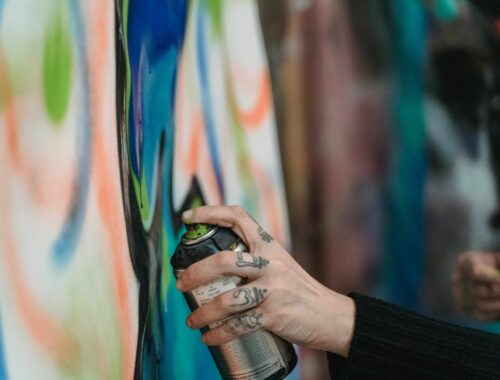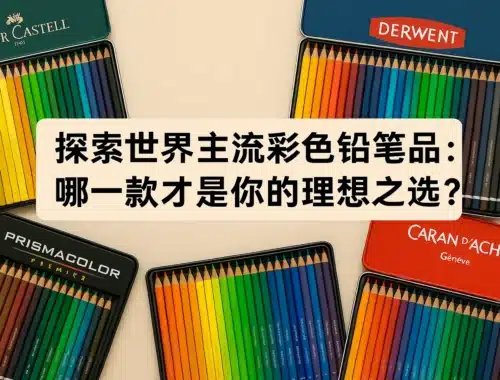
A Comprehensive Guide to Choosing the Right Watercolour Brushes
When it comes to watercolour painting, choosing the right brushes is as important as selecting the perfect colours or paper. Brushes not only affect your technique but also impact the overall outcome of your artwork. Whether you’re a beginner, intermediate artist, or seasoned professional, this guide will help you understand the different types of watercolour brushes and how to select the best ones for your needs.
Understanding Watercolour Brushes
Watercolour brushes come in various shapes, sizes, and materials. Each type serves a specific purpose, and understanding these differences is key to making the right choice.
1. Brush Shapes
- Round Brushes: The most versatile and commonly used brush. Ideal for everything from broad strokes to fine details.
- Flat Brushes: Best for bold, sweeping strokes, washes, and sharp edges.
- Filbert Brushes: A combination of round and flat, great for blending and creating softer edges.
- Detail Brushes: Extremely fine-tipped brushes used for intricate details and line work.
- Mop Brushes: Large and soft, perfect for laying down large washes or blending.
- Rigger Brushes: Thin, long brushes ideal for creating fine lines and delicate details like tree branches.
2. Brush Materials
- Natural Hair Brushes: Made from sable, squirrel, or goat hair, these brushes hold more water and deliver smoother strokes. They’re perfect for professionals seeking precision.
- Synthetic Brushes: More affordable and durable, these brushes mimic natural hair but may not hold as much water. They are ideal for beginners or artists on a budget.
- Blended Brushes: A mix of natural and synthetic fibres, offering a balance of affordability and performance.
How to Choose the Right Brushes
For Beginners
As a beginner, start with a small but versatile set of brushes. You don’t need to invest in expensive natural hair brushes right away. Look for synthetic or blended brushes that are durable and affordable. A good beginner set might include:
- One round brush (size 6 or 8)
- One flat brush (1/2 inch)
- One detail brush (size 1 or 2)
For Intermediate Artists
Once you’ve gained some experience, you may want to expand your collection to include brushes for specific techniques. Invest in a higher-quality round brush (such as a Kolinsky sable) for detail work and a mop brush for large washes. Intermediate artists might benefit from adding:
- A larger round brush (size 10 or 12)
- A mop brush for washes
- A rigger brush for fine details
For Professionals
Experienced artists often prefer natural hair brushes for their superior water retention and control. Professionals should consider investing in:
- High-quality sable brushes for precision and smooth strokes
- A variety of round brushes in different sizes
- Specialty brushes like fan brushes or dagger brushes for unique effects
Choosing Brushes for Specific Uses
For Large Washes
Use a mop brush or a large flat brush to cover wide areas evenly. Natural hair brushes like squirrel mops are excellent for holding large amounts of water.
For Detailed Work
Round brushes with a fine point or detail brushes are essential for intricate designs, lettering, or fine lines. Synthetic or sable brushes work well here.
For Textures and Special Effects
Experiment with fan brushes, sponges, or even unconventional tools like old toothbrushes to create interesting textures.
Tips for Maintaining Your Brushes
- Clean Your Brushes Properly: Always rinse thoroughly with lukewarm water after each use. Avoid using hot water, as it can damage the bristles.
- Store Them Carefully: Lay brushes flat to dry before storing them upright to prevent water from seeping into the handle.
- Invest in Brush Soap: Specialized soap helps maintain the shape and longevity of your brushes.
Final Thoughts
Choosing the right watercolour brushes can make a world of difference in your painting experience. Start with a basic set that suits your level and gradually expand your collection as you develop your skills. Remember, the best brush is the one that feels right in your hand and helps bring your artistic vision to life. Happy painting!
You May Also Like

Exploring the World’s Leading Colored Pencil Brands: Which One is Right for You?
16/05/2025
The Art of Spray Paint: Creativity and Expression with Spray Cans
19/12/2023

